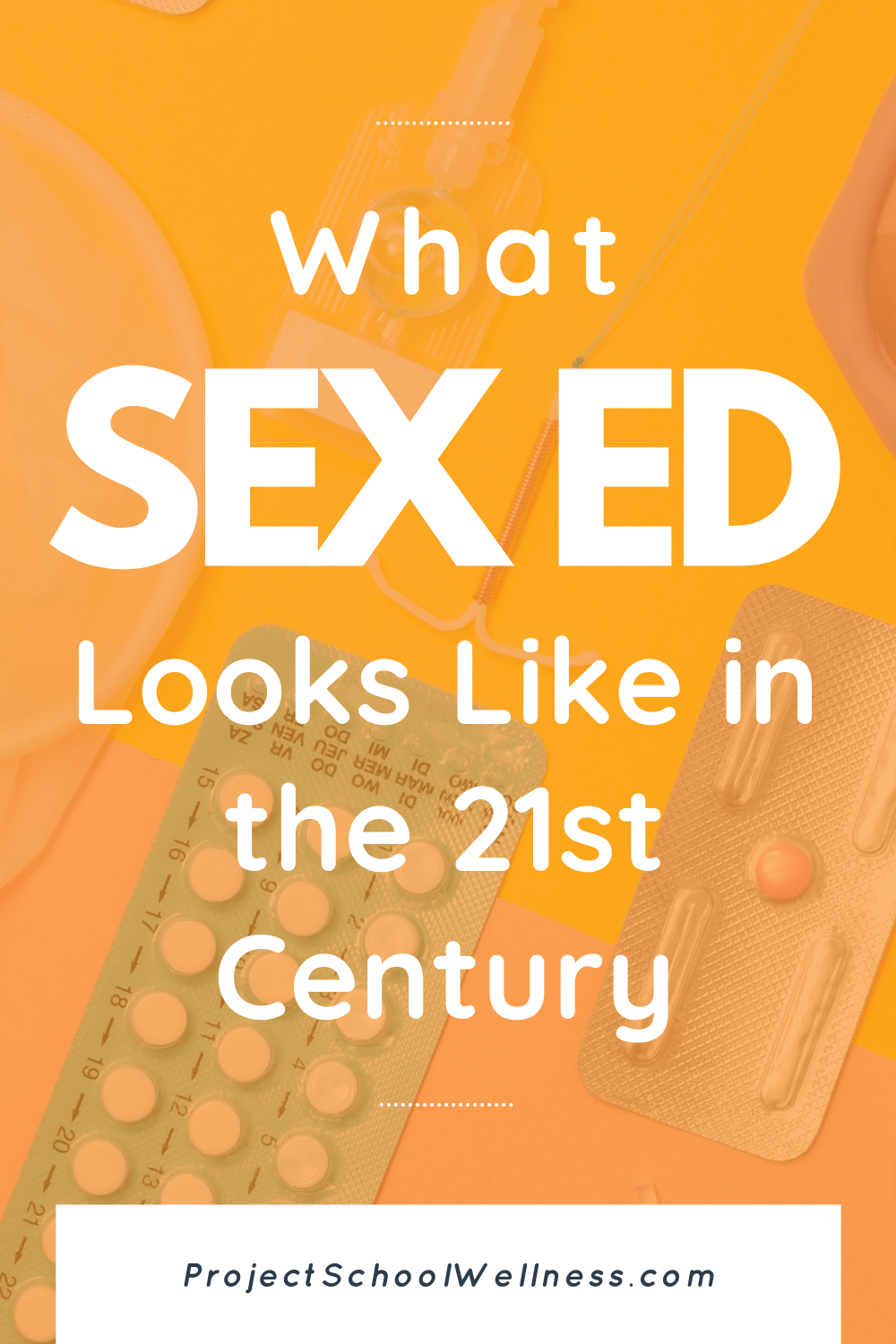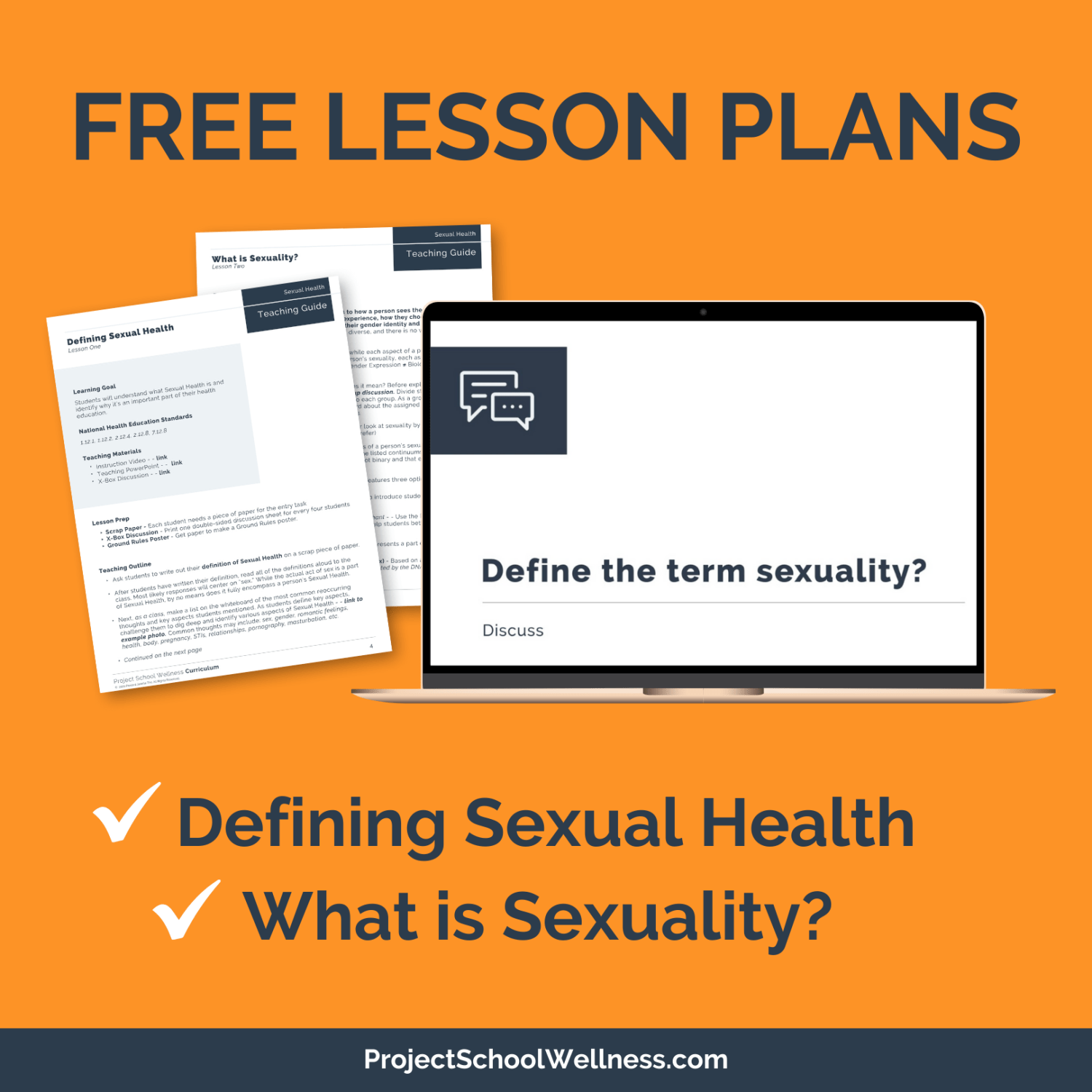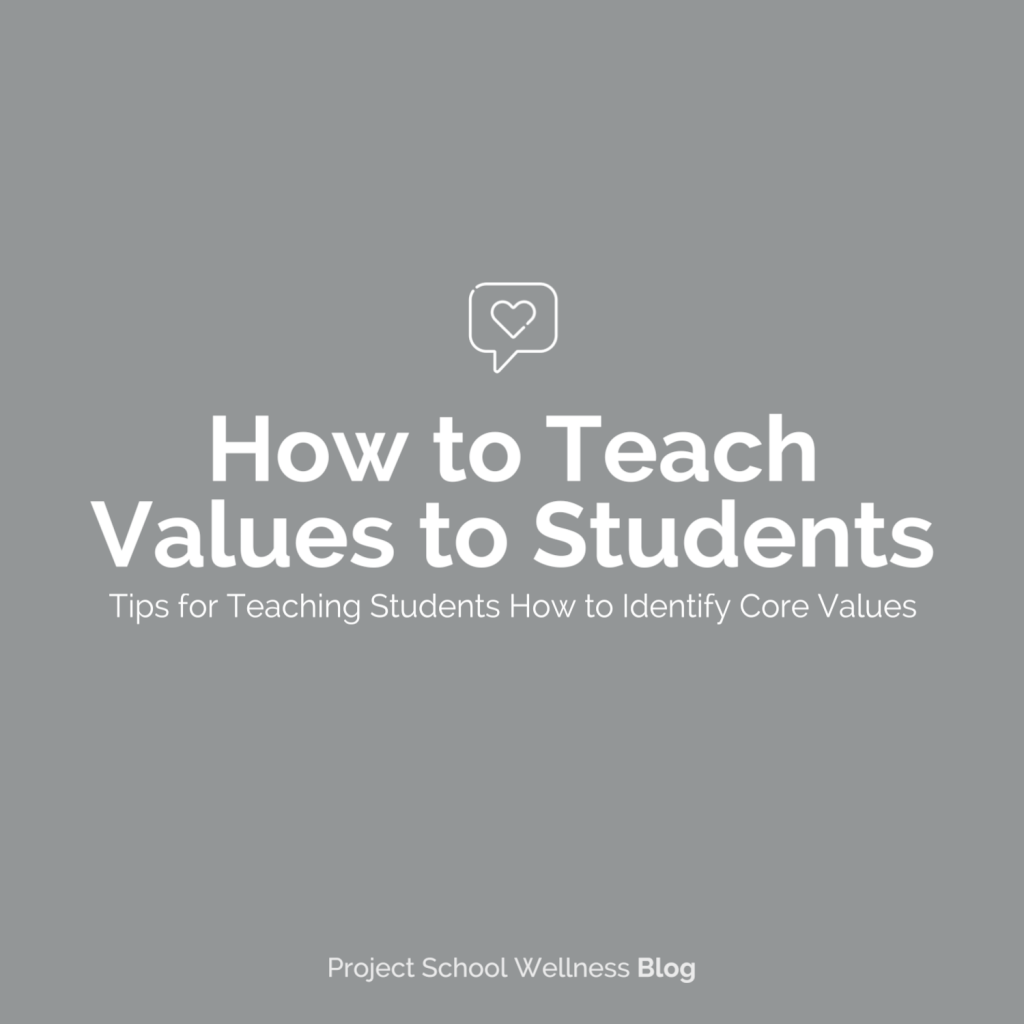Sexual Health Education for the 21st Century
Five Must-Have Elements of Modern Sexual Health Education
Modern Sexual Health Education
Let’s talk about Sexual Health education and what it should look like in the 21st century!
But before we dive into what Sex Ed should look like, let’s take a look at the definition of Sexual Health. Too often being sexually healthy is reduced to using protection and asking for consent (not that those things are unimportant, they just don’t represent the whole story). So I think it’s time we open up the conversation and expand how we think, talk about, and teach Sexual Health. To do this, let's begin by defining Sexual Health.
Sexual Health refers to embracing and enjoying your sexuality throughout life by building confidence and security in your identity; engaging in meaningful, pleasurable, and healthy sexual experiences; nurturing enriching relationships; exercising autonomy over your sexuality and body; and keeping your body working at an optimal level
I know it’s a long definition, so let’s break down the various pillars of Sexual Health:
| Elements of Sexual Health |
|---|
| Build confidence and security in sexuality and identity |
| Engage in meaningful, pleasurable, and positive sexual experiences |
| Nurture enriching relationships |
| Exercise autonomy over your sexuality and body |
| Keep your body working at an optimal level |
Holisitc Sexual Health
As you can see, this definition greatly expands the narrative surrounding sex and sexual health. No longer is the message, “use protection and you’ll be sexually healthy” or “learning how to ask for consent is all you need to know about establishing consent.” Again, using protection and asking for consent is vitally important. But just this simplified approach doesn’t actually speak to the underlying skills needed to establish consent or to the reality that using protection doesn't guarantee a meaningful, pleasurable, and healthy sexual experience.
By taking a comprehensive approach to sex ed, we open up the conversation to actually get to the heart of understanding what knowledge and skills empower an individual to truly live sexually healthy lives. Lives where people feel in control, are connected, experience truly positive sexual experiences, and can take ownership of their sexuality.
So with this definition in mind, let’s examine how we, as health educators, can nurture each of the core elements of Sexual Health and empower our students to live a lifetime of optimal sexual well-being.

Five Necessary Elements of Modern Sexual Health Education
#1: It's a Safe Space
First and foremost, students need a safe space to talk about sex, sexuality, and sexual health. Teachers must establish a shame- and judgment-free space and cultivate a culture of kindness, empathy, and respect.
Teacher Tips
- Acknowledges that sex is a healthy and normal part of life
- Intentionally cultivate a shame- and judgment-free environment
- Creat space for open and honest discussions about a variety of relevant and relatable topics
#2: It's Inclusive
Each person’s sexuality is individual and unique. No two people experience and express their sexuality in the same manner, and our classrooms should reflect this reality.
Teacher Tips:
- Be inclusive of all genders, identities, sexual orientations, and expressions
- Present an inclusive view of the definition of “sex” (a.k.a. expand the definition of "sex" to more than vaginal intercourse).
- Teach healthy relationships and sexual practices relating to different orientations and types of sex
#3: It's Holisitc and Comprehensive
Sex Ed should speak to the core elements of Sexual Health. Students should understand what sexuality is; learn how to exercise autonomy and advocate for themselves; understand what makes a sexual experience meaningful, pleasurable, and healthy sexual experience; have the knowledge and access to services and products to prevent pregnancy and protect against infection; have the skills to build healthy relationships.
Teacher Tips:
- Explore an inclusive definition of sex by examining more than just vaginal intercourse for the sake of procreation
- Present sex (the act of two people physically connecting their bodies together and experiencing pleasure) as a normal and healthy part of life
- Connect sexual well-being to a variety of aspects of life
- Teach concepts related to strengthening emotional and mental well-being, relationship building, medically-accurate sexual functioning, the health skills, and more.
#4: It's Positive
Sex Ed should be positive and talk about pleasure. Now, this doesn’t mean it’s our job to specifically teach students how to experience pleasure.* Rather, it’s about setting the expectation that sex and sexual experiences should be positive and bring pleasure. Setting the expectations that sexual experiences should be positive and pleasurable plays a key role in empowering individuals to exercise autonomy of their body, sexuality, and sexual experiences.
Also, it's a more accurate education on sex. Because let’s be real, even though the biological purpose of sex is to reproduce, there are very few times in life when sex is experienced for the sole purpose of procreation.
Teacher Tips:
- Keep the conversation around sex and sexuality positive and uplifting
- Teach medically-accurate information on the sexual response, specifically highlighting the clitoris, not the vagina, as the pleasure center in the female body
- Have a shame- and judgment-free conversation on masturbation
*A Note on Pleasure - By pleasure I'm not just talking about having an orgasm. Sure an orgasm is a great way to experience pleasure. But it's not the only thing that brings a person satisfaction and enjoyment during sexual activity. More importantly, the idea of pleasure connects to making sure that a person is having a fun time and that they feel good physically, emotionally, and mentally.
#5: It's Medically Accurate
Sex Ed must be medically accurate. This means we share evidence-based and accurate information about things like the sexual response, pregnancy, contraceptives, masturbation, etc.
Teacher Tips:
- Teach medically accurate strategies (beyond abstinence) for preventing pregnancy and infections
- Talks about the basics of sex functioning and the sexual response
- Debunk medically inaccurate myths promoted by mainstream media, pornography, and ill-informed commentators

It' Not Just About Sex!
Ultimately, Sexual Health education for the 21st century isn't just about sex. It's all about empowering students to experience the following:
- Confidence and security in sexuality and identity
- Meaningful, pleasurable, and healthy sexual experiences
- Enriching relationships
- Autonomy over their sexuality and body
- A body working at an optimal level
Together, each of these core elements of Sexual Health leads a person to live sexually healthy and thriving lives. And for too long, society has set the bar incredibly low in terms of what it means to be sexually healthy. It's time we raise the expectation and equip students with the knowledge and skills to live with optimal sexual well-being.
Free Sex Ed Lesson Plans & Printables
Get instant access to free inclusive anatomical printables and two sexual health lesson plans: 1) Defining Sexual Health; and 2) What is Sexuality?
Hello. I'm Janelle!
A middle school health teacher turned curriculum developer (and #WAHM). I'm on a mission to share the easiest-to-teach, most impactful health lesson plans on the Internet. Because your time and energy is better spent on teaching and connecting, not on planning and prep.




